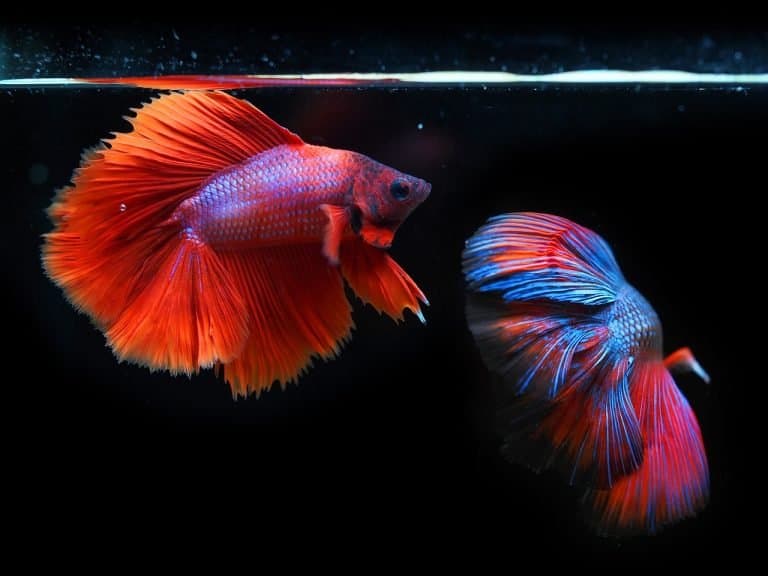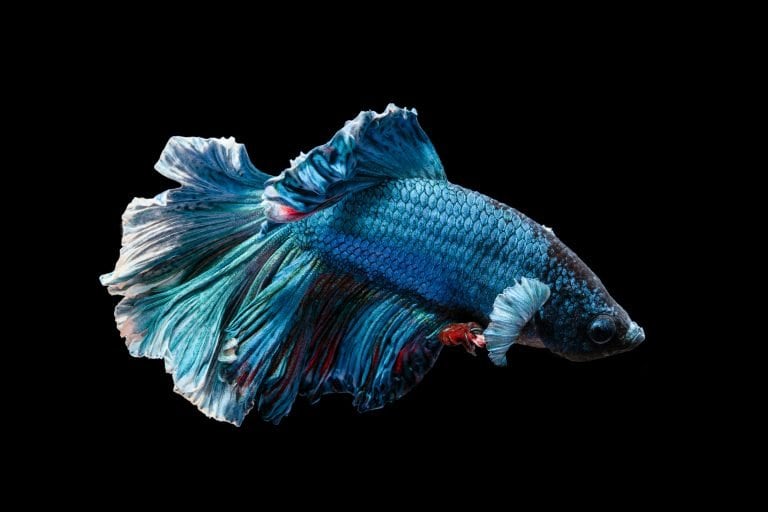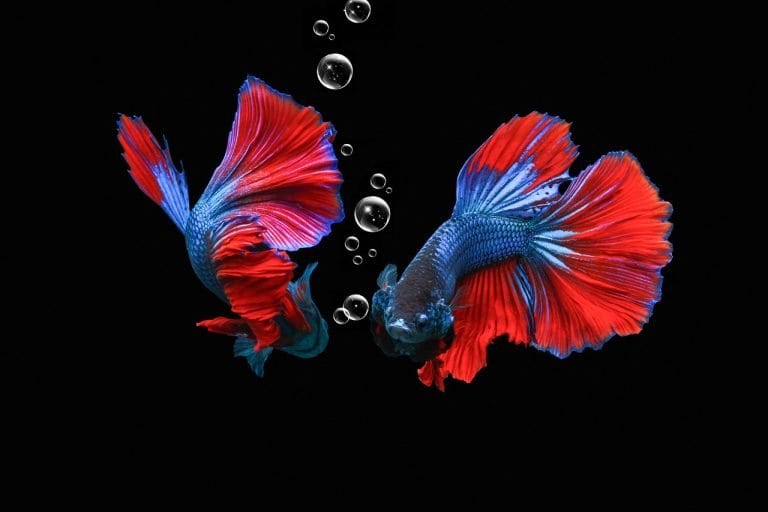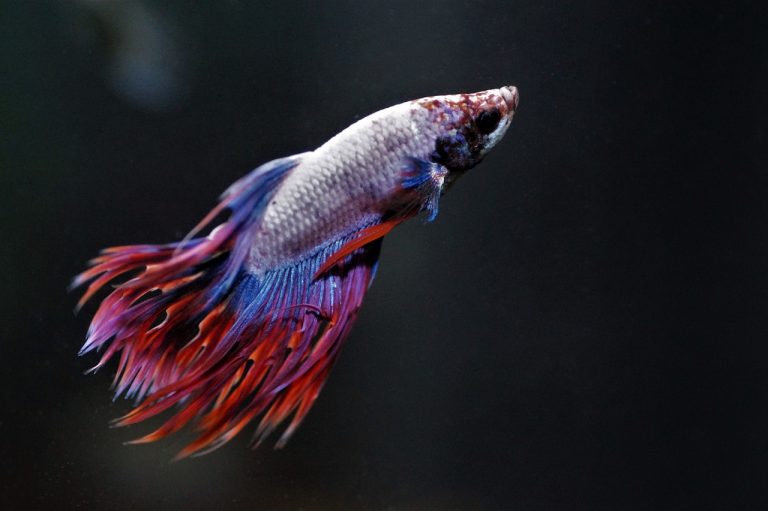Embarking on the stewardship of a betta fish, also known as the Siamese fighting fish, is not simply about providing sustenance and shelter—it is about crafting an environment that affords the creature the freedom to thrive and express its vivacious nature.
‘Creating a Betta Bliss: Tips for a Happy and Active Betta Fish’ is a guide dedicated to those who seek to nurture their betta fish in a habitat that promotes wellbeing and activity. The forthcoming chapters will delve into the nuances of betta behavior, the art of designing a stimulating aquarium, the intricacies of maintaining optimal water conditions, the principles of a balanced diet, and the strategies for providing a diverse array of enrichment.
Join us in exploring the avenues through which you can offer your betta the liberty to live a full and engaging life within the aquatic realm.
Key Takeaways
- Observing betta behaviors provides insight into their health and stress levels.
- Designing an ideal tank with proper size, filtration, temperature, and plant placement prevents stress and promotes contentment.
- Maintaining water quality and parameters, such as stable temperature and robust filtration, is crucial for betta health.
- Feeding a balanced diet with high-protein foods and proper feeding schedule is essential for betta health and vitality.
Understanding Betta Behavior
While betta fish are known for their vibrant colors and elegant fins, recognizing their various behaviors is essential for maintaining their well-being in captivity.
Betta genetics play a significant role in the physical and behavioral traits displayed by these fish. The variety of tail types, ranging from the flowing veil tail to the striking crowntail, not only contributes to their aesthetic appeal but can also influence their swimming patterns and interactive displays. Observing these behaviors closely can provide insight into their health and stress levels.
For example, a betta that is actively swimming and displaying its fins is likely content, while one that is hiding or listless may require attention. Understanding these nuances is crucial for providing an environment that supports the freedom and vitality of these captivating creatures.
Designing the Ideal Tank
To foster a thriving environment for your betta, it is imperative to meticulously design an aquarium that caters to their specific needs for space, shelter, and stimulation. The tank’s positioning within the home should ensure a tranquil setting, free from direct sunlight and excessive noise that may stress your aquatic companion. Plant choices are critical; opt for species that provide ample cover and mimic natural habitats, such as Anubias or Java Ferns, which also enhance water quality.
| Feature | Recommendations | Benefits |
|---|---|---|
| Tank Size | Minimum 5 gallons | Prevents stress |
| Filtration | Gentle, low-flow filter | Mimics natural currents |
| Heating | Consistent 78-80°F | Regulates metabolism |
| Plant Choices | Silk or live plants | Offers shelter & oxygen |
| Tank Positioning | Away from direct light | Reduces algae, stress |
Design your betta’s tank with a focus on freedom, allowing them to explore and exhibit natural behaviors for a contented life.
Water Quality and Parameters
Maintaining optimal water quality is a critical aspect of ensuring the well-being and vibrancy of your betta fish. To achieve this, temperature control must be exercised with precision, as bettas thrive in warm water between 76 and 82 degrees Fahrenheit. A stable, regulated environment can prevent the stress associated with temperature fluctuations that could compromise your fish’s immune system.
Furthermore, robust filtration systems are essential to sustaining high water quality. Such systems efficiently remove harmful substances, including ammonia and nitrites, which can be detrimental to your betta’s health. It is imperative to select a filter that provides a gentle flow, as bettas prefer calm waters.
Regular monitoring and maintenance of these parameters are the cornerstones of creating a sanctuary that allows your betta to exhibit its natural, vivacious behavior.
Diet and Nutrition Essentials
Beyond water quality, a balanced diet is paramount for the health and vitality of betta fish, requiring a variety of nutrients to flourish. To ensure their well-being, betta owners must understand the importance of feeding frequency and nutritional variety. Bettas thrive on a diet that mimics their natural intake, consisting of high-protein foods like insects and larvae. However, overfeeding can lead to health problems; thus, a disciplined feeding schedule is crucial.
Here is a simple guide to betta nutrition:
| Nutrient Type | Examples | Benefits |
|---|---|---|
| Protein | Brine shrimp, bloodworms | Muscle growth, energy |
| Fiber | Daphnia, peas | Digestive health |
| Vitamins | Fortified pellets, flakes | Immune system support |
Adhering to these dietary essentials will contribute significantly to a betta’s active and vibrant life.
Enrichment and Activity Boosters
Regularly incorporating enrichment and activity boosters into your betta fish’s environment can significantly enhance their mental stimulation and physical well-being. Providing a variety of interactive toys and ample hiding spots caters to their instinctual behaviors and promotes a sense of freedom and exploration. Consider these options to engage your betta:
- Floating Log: Offers a secure hideaway and potential sleeping area.
- Live Plants: Create a natural and enriching habitat with added benefits for water quality.
- Mirror: Used sparingly, can incite short bursts of exercise as the betta flares at its reflection.
- Leaf Hammock: A resting place near the surface, mimicking their wild foliage encounters.
- Interactive Feeder: Challenges the betta to hunt, promoting activity and preventing boredom.
Implement these enrichments mindfully, observing your betta’s response to ensure a happy and active lifestyle.





